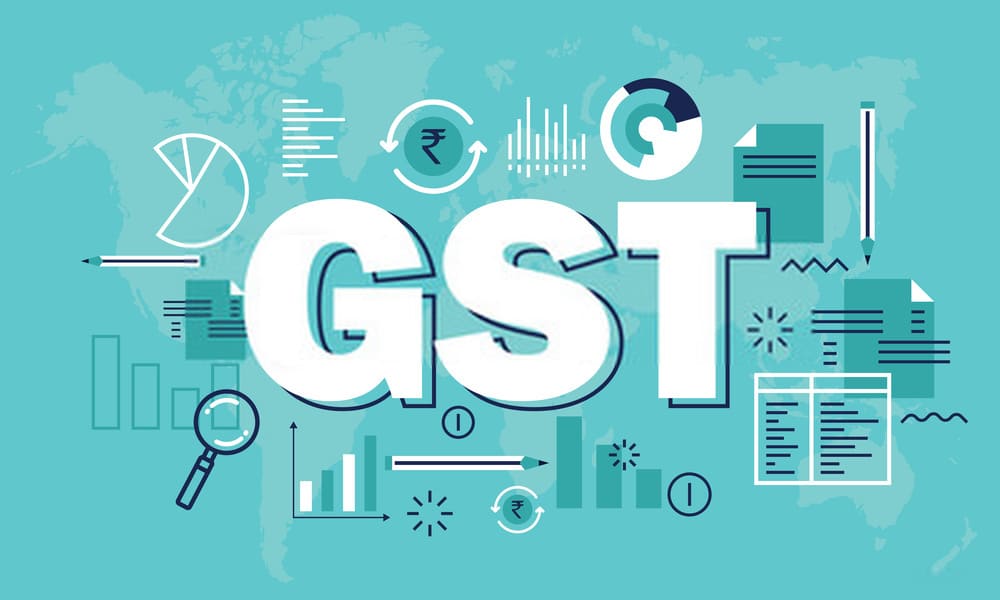Attack is the best way to defend. This is exactly what the Government has done. The ruling party has been facing opposition from all quarters and allegation of rampant corruption. Being pushed to the wall , they had no choice but to attack with a fore of liberal fiscal reforms and breaking free from the inertia policy decisions. They have opened the gate to FDI. Investments may soon start flowing in. Many people have a question in their minds as to What next? The next Big reform round the corner is introduction of GST. Goods Service Tax.
The introduction of GST at the Central level will not only include comprehensively more indirect Central taxes and integrate goods and service taxes for the purpose of set-off relief, but may also lead to revenue gain for the Centre through widening of the dealer base by capturing value addition in the distributive trade and increased compliance. The government has thus recommended that the following Central Taxes should be, to begin with, subsumed under the Goods and Services Tax: (i) Central Excise Duty (ii) Additional Excise Duties (iii) The Excise Duty levied under the Medicinal and Toiletries Preparation Act (iv) Service Tax (v) Additional Customs Duty, commonly known as Countervailing Duty (CVD) (vi) Special Additional Duty of Customs – 4% (SAD) (vii) Surcharges, and (viii) Cesses.
Following State taxes and levies would be, to begin with, subsumed under GST: (i) VAT / Sales tax (ii) Entertainment tax (unless it is levied by the local bodies). (iii) Luxury tax (iv) Taxes on lottery, betting and gambling. (v) State Cesses and Surcharges in so far as they relate to supply of goods and services. (vi) Entry tax not in lieu of Octroi.
The government strongly believes that the revenue will increase manifolds and there will be uniformity for compliance too in all states. The government is sure that the GST at the Central and at the State level will thus give more relief to industry, trade, agriculture and consumers through a more comprehensive and wider coverage of input tax set-off and service tax setoff, subsuming of several taxes in the GST and phasing out of CST. With the GST being properly formulated by appropriate calibration of rates and adequate compensation where necessary, there may also be revenue/ resource gain for both the Centre and the States, primarily through widening of tax base and possibility of a significant improvement in tax-compliance. In other words, the GST may usher in the possibility of a collective gain for industry, trade, agriculture and common consumers as well as for the Central Government and the State Governments. The GST may, indeed, lead to the possibility of collectively positive-sum game.
It is proposed that the GST shall have two components: one levied by the Centre (hereinafter referred to as Central GST), and the other levied by the States (hereinafter referred to as State GST). Rates for Central GST and State GST would be prescribed appropriately, reflecting revenue considerations and acceptability. This dual GST model would be implemented through multiple statutes (one for CGST and SGST statute for every State). However, the basic features of law such as chargeability, definition of taxable event and taxable person, measure of levy including valuation provisions, basis of classification etc. would be uniform across these statutes as far as practicable.
It is further proposed that the Central GST and the State GST would be applicable to all transactions of goods and services made for a consideration except the exempted goods and services, goods which are outside the purview of GST and the transactions which are below the prescribed threshold limits. The Central GST and State GST are to be paid to the accounts of the Centre and the States separately. It would have to be ensured that account-heads for all services and goods would have indication whether it relates to Central GST or State GST.
The government has also proposed that the Central GST and State GST are to be treated separately, taxes paid against the Central GST shall be allowed to be taken as input tax credit (ITC) for the Central GST and could be utilized only against the payment of Central GST. The same principle will be applicable for the State GST. A taxpayer or exporter would have to maintain separate details in books of account for utilization or refund of credit. Further, the rules for taking and utilization of credit for the Central GST and the State GST would be aligned.
The present threshold prescribed in different State VAT Acts below which VAT is not applicable varies from State to State. A uniform State GST threshold across States is desirable and, therefore, it is considered that a threshold of gross annual turnover of Rs.10 lakh both for goods and services. Keeping in view the interest of small traders and small scale industries and to avoid dual control, the States also considered that the threshold for Central GST for goods may be kept at Rs.1.5 crore and the threshold for Central GST for services may also be appropriately high. It may be mentioned that even now there is a separate threshold of services (Rs. 10 lakh) and goods (Rs. 1.5 crore) in the Service Tax and CENVAT. The Empowered Committee of State Finance Ministers have been meeting from time to time to formulate a fool proof system for better compliance and implementation. Though there are many hurdles as on date, but with a strong will at the center, things can change very fast.
